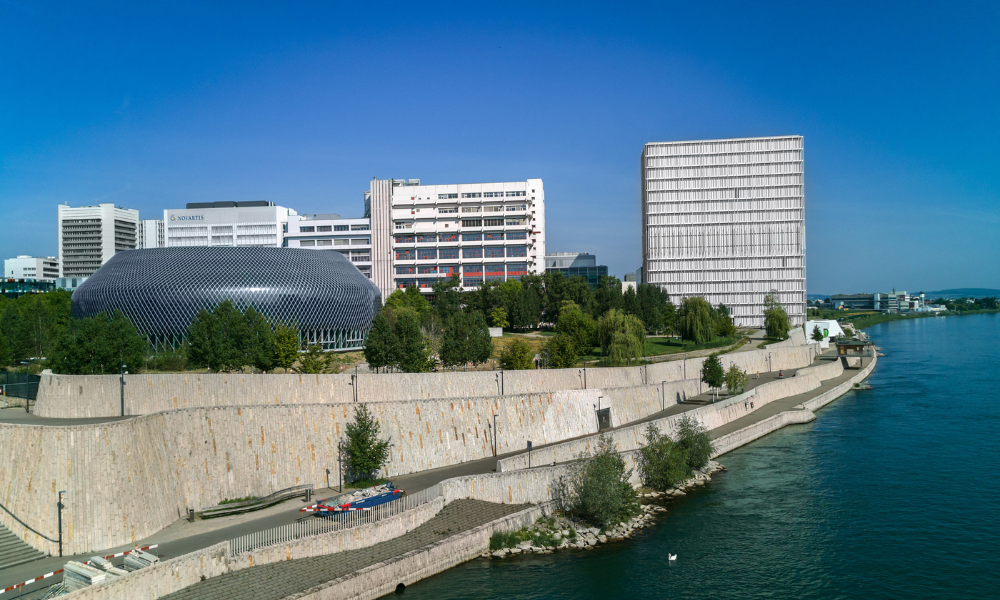The manpower minister explains the city's approach to the wage gap
(1).jpg)
by Josephine Teo
This year marks the tenth anniversary of the first Workfare Income Supplement payout.
Over the past decade, about 830,000 Singaporeans have benefited from the $5.5 billion disbursed. It is a permanent feature of our social security system, topping up salaries of low-wage workers and helping them save for retirement.
Why did Singapore introduce Workfare instead of a minimum wage? Workfare reflects Singapore’s approach to go beyond the debate over minimum wage – one which many economists still cannot agree on after many years – to find a solution that works for our society.
It took inspiration from the Earned Income Tax Credit (EITC) practised in the United States. By providing lower-paid workers with tax credits, EITC increased their take-home pay. Although not as widely known as the minimum wage, EITC is regarded by some quarters as one of the more effective programs at improving employment outcomes of lower-wage workers.
Workfare payouts are targeted at those with poor household support, with more going to older workers. It can comprise up to an extra 30% of the worker’s monthly income. For example, a 65-year old worker earning $1,200 a month would receive $300 more through Workfare monthly, of which $180 goes into his CPF.
In addition, we complement Workfare with the Special Employment Credit (SEC) which helps employers offset the cost of hiring older workers.
Together, Workfare and SEC could add up to an extra 40% to the worker’s monthly income. As a result, more low-wage and older workers have remained in employment and continue to grow their retirement savings. Unlike a minimum wage, we achieve this with no risk of the lowest-skilled or oldest workers losing their jobs.
Most Workfare recipients also qualify for other forms of social support, such as the Silver Support and GST Voucher schemes. Take the same worker in the example above. Government transfers for him would amount to nearly six months’ salary every year – three months of Workfare (of which 1.2 months is in cash), two months of Silver Support cash payouts and nearly a month of GST Vouchers.
Progressive wages
But our support must not start nor end with government top-ups.
The recent debate on wage inequality points to a deeper sense of social fairness that wants to see everyone progress together. More than hand-outs, we want a hand-up. This is why we introduced the Progressive Wage Model (PWM).
PWM recognises that there is no short cut to helping low-wage workers move up. To progress, they must have opportunities to acquire skills, to be assigned work that make use of those skills, and be paid more for enlarged responsibilities or improved productivity.
In landscape maintenance, an entry-level landscape worker can receive a basic wage of at least $1,300 before Workfare. But this is only a starting point. As a landscape technician with the necessary training and skills to operate motorised machinery, the worker can earn at least $1,500, and more than $2,100 when he advances to the role of supervisor.
How is PWM different from a minimum wage?
First, it is a ladder not a floor, and every worker has the chance to earn more through better skills, a larger job or higher productivity.
Second, its takes into account sectoral differences and is not one-size-fits-all. Third and perhaps most important of all, PWM offers a way of uplifting pay which both employers and employees can accept.
Each PWM is therefore an example of how the tripartite partners come together to make wage growth attainable and sustainable for workers.
Over 70,000 workers have benefited from mandatory implementation of PWM in the security, cleaning and landscaping sectors. Workers in these sectors have seen higher real wage growth than at the median.
Between 2011 and 2016, the real median gross wages of full-time resident cleaners, security guards and landscape maintenance workers increased by 5.7%, 6.4% and 3.0% per year respectively, exceeding resident median income growth of 2.3% per year.
Tripartite partners in all three sectors have been in discussions to shift the wage ladders further up.
In public transport and healthcare, voluntary adoption of PWM has raised wages as well.
Better job mobility
Beyond the PWM sectors, jobs and skills are being upgraded that will similarly uplift low-wage workers.
At food and beverage outlets, adoption of self-service technologies allow servers to be freed up from repetitive tasks and be reassigned as service ambassadors. Equipped with better service skills, the workers help enhance customer experience and are paid more as a result.
In the hospitality and retail sectors, digitalised work processes and inventory management raise operational efficiency, paving the way for jobs to be redesigned. Supported by improved workflows and armed with better product knowledge, staff can make a bigger contribution and justifiably earn more.
With better skills, workers also have the opportunity to move to jobs with better prospects.
Such efforts recognise that workplace interventions are essential to job mobility. Government-funded programmes provide active support to promote jobs and skills upgrading in all sectors of the economy so that low-wage workers can progress along with the rest of the workforce.
Keep efforts going
In the last five years, households in the lower 50% had higher real income growth compared to households in the top 50%. Real wage growth at the 20th percentile also grew faster than at the median.
Proponents of a minimum wage share the same strong desire as the government in wanting to mitigate inequality and enable a better distribution of gains in our society. The real debate is not on the ends but the means by which we achieve them.
Workfare and PWM, together with many other support measures have uplifted low-wage wages while keeping employment levels high and unemployment levels low. They are a clear expression of our social solidarity and are by no means inferior to a minimum wage.
But is our job done? Not at all.
Workfare is regularly reviewed to ensure the target groups continue to be helped. There is scope to expand PWM to other sectors where wages have stagnated and where market practices such as outsourcing reduce the incentive to upskill workers and limit their bargaining power. We should also take advantage of industry and business restructuring to transform jobs at the lower-end so that workers have potential to earn more.
This will take hard work and determination by the tripartite partners. Let us stay on the task and build on what is working well for Singapore.








